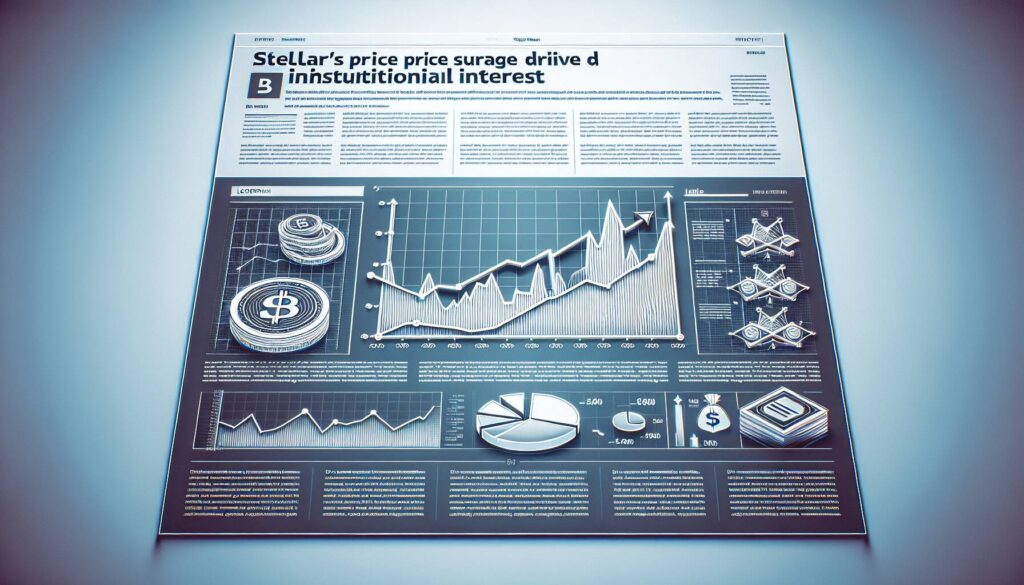The decentralized finance (DeFi) sector is experiencing a significant transformation in security, showcasing an impressive 90% reduction in exploit losses since 2020. This evolution marks DeFi’s transition from experimentation to a robust financial infrastructure poised for institutional adoption. Recent analyses highlight how DeFi protocols have not only survived earlier vulnerabilities but have systematically developed into some of the most secure financial systems globally. Daily loss rates are projected to decrease to just 0.0014% by 2024.
The journey from an alarming 30.07% annualized loss in 2020 to a more stable 0.47% in 2024 exemplifies the maturation of these decentralized systems. This phenomenal progress is more than just numbers; it signifies that decentralized finance can achieve institutional-level security through comprehensive risk frameworks. The development of DeFi has traversed five critical phases, beginning with the “Experimental Era” where vulnerabilities led to significant losses due to unaudited smart contracts.
During the “First Security Revolution” in 2021, the sector saw unprecedented improvements through the adoption of professional auditing and bug bounty programs, yielding a 96% drop in losses.
Despite some setbacks in 2022 and 2023, 2024 has ushered in a “Comprehensive Security Achievement,” with losses further reduced by 74% even as protocol complexity escalated. Interestingly, attack patterns have shifted; yield aggregators that once dominated hacks have dropped to 14%, while trading platforms have surged to become prime targets. The rise in private key compromises also underscores that as technical defenses grow stronger, attackers are increasingly exploiting operational security weaknesses.
The lending sector illustrates this transformation strikingly, achieving a staggering 98.4% improvement in security since 2020, with daily loss rates of just 0.00128%. This significant enhancement encompasses protection against various threats such as smart contract vulnerabilities and governance exploits.
These security advancements challenge the notion that DeFi is inherently risky, showing that decentralized protocols can now meet or exceed the security standards of traditional finance.
The introduction of the Structural Risk Factor (SRF) framework is crucial for accurately assessing risks related to real-world assets, facilitating informed capital allocation decisions. As institutional interest in DeFi grows and regulatory frameworks solidify, these security improvements solidify DeFi’s position as a legitimate financial infrastructure with far-reaching implications for the future of stablecoins and global finance.

The Transformation of Decentralized Finance Security
Key points highlighting the evolution and impact of security in the DeFi sector:
- 90% Reduction in Exploit Losses
- From 30.07% annualized losses in 2020 to 0.47% in 2024.
- Signifies maturity in financial infrastructure, fostering institutional trust.
- Five Phases of Security Evolution
- Experimental Era (2020): Significant vulnerabilities due to unaudited contracts.
- First Security Revolution (2021): 96% improvement through auditing and verification processes.
- Optimization Plateau (2022): Temporary stabilization in security advancements.
- Concern in 2023: Backsliding amidst rising complexity.
- Comprehensive Security Achievement (2024): 74% loss reduction despite increased complexity.
- Shift in Attack Patterns
- Decline of yield aggregator attacks from 49% in 2020 to 14% in 2024.
- Rise of trading and Automated Market Maker (AMM) platforms as primary targets.
- Private key compromises have surged to 20% of incidents, highlighting operational security threats.
- Transformative Security in Lending Sector
- DeFi lending protocols achieved a 98.4% improvement from baseline 2020 levels.
- Daily loss rates of just 0.00128%, making them significantly more secure.
- Introduction of the Structural Risk Factor (SRF) Framework
- Provides a methodology for assessing protocol risks in real-world asset applications.
- Supports more informed capital allocation decisions in institutional settings.
- Legitimacy of DeFi as Financial Infrastructure
- Security improvements challenge traditional narratives about DeFi risks.
- Positions DeFi favorably within the global finance landscape as adoption increases.
This evolution indicates a shift from high-risk experimental protocols to secure, sophisticated financial systems, underlining the potential for decentralized finance to rival centralized alternatives.
Transforming DeFi: Security Evolution in Decentralized Finance
The decentralized finance (DeFi) sector is witnessing a significant paradigm shift, showcasing remarkable advancements in security that set it apart from traditional finance and even competing blockchain solutions. With a monumental 90% reduction in exploit losses since 2020, DeFi is now viewed as a robust alternative for institutional investors, transitioning from its initial high-risk phase to one of mature financial infrastructure. This transformation is underpinned by a commitment to rigorous auditing and comprehensive risk management, enhancing trust among stakeholders.
Competitive Advantages: The current security landscape illustrates that DeFi protocols have not only adapted but thrived, achieving daily loss rates as low as 0.0014% by 2024. This drastic improvement in security can position DeFi as a go-to solution for institutions seeking secure avenues for capital deployment. Alongside established security metrics, the introduction of the Structural Risk Factor (SRF) framework allows for detailed risk assessments in real-world asset applications, advancing the potential for programmatic risk management. Consequently, DeFi can now engage in higher stakes transactions with greater confidence, attracting more significant institutional interest.
Competitive Disadvantages: Nevertheless, the sector is not without its challenges. While daily loss statistics are encouraging, emerging attack vectors such as private key compromises have risen sharply, accounting for 20% of incidents by 2024. This highlights the uneven nature of security evolution, where operational weaknesses can be exploited even as technical defenses strengthen. Additionally, while yield aggregators have decreased as targets, trading and automated market maker platforms are becoming increasingly vulnerable, leading to an ongoing cat-and-mouse game between security improvements and sophisticated attacks.
Who Benefits and Who Might Face Challenges: Institutions and traditional financial players are set to benefit immensely from these security advancements, as they can engage more confidently with DeFi offerings that now promise a level of security comparable to traditional frameworks. This could lead to a greater inflow of capital into DeFi projects, further driving innovation. Conversely, traditional banks and finance companies may face disruptive challenges, as these DeFi protocols offer more attractive rates and less bureaucratic overhead, potentially drawing customers away from conventional banking products. Additionally, existing DeFi projects that have not prioritized security improvements may find themselves struggling to retain user trust, highlighting the need for continuous innovation and compliance with emerging security standards.

















